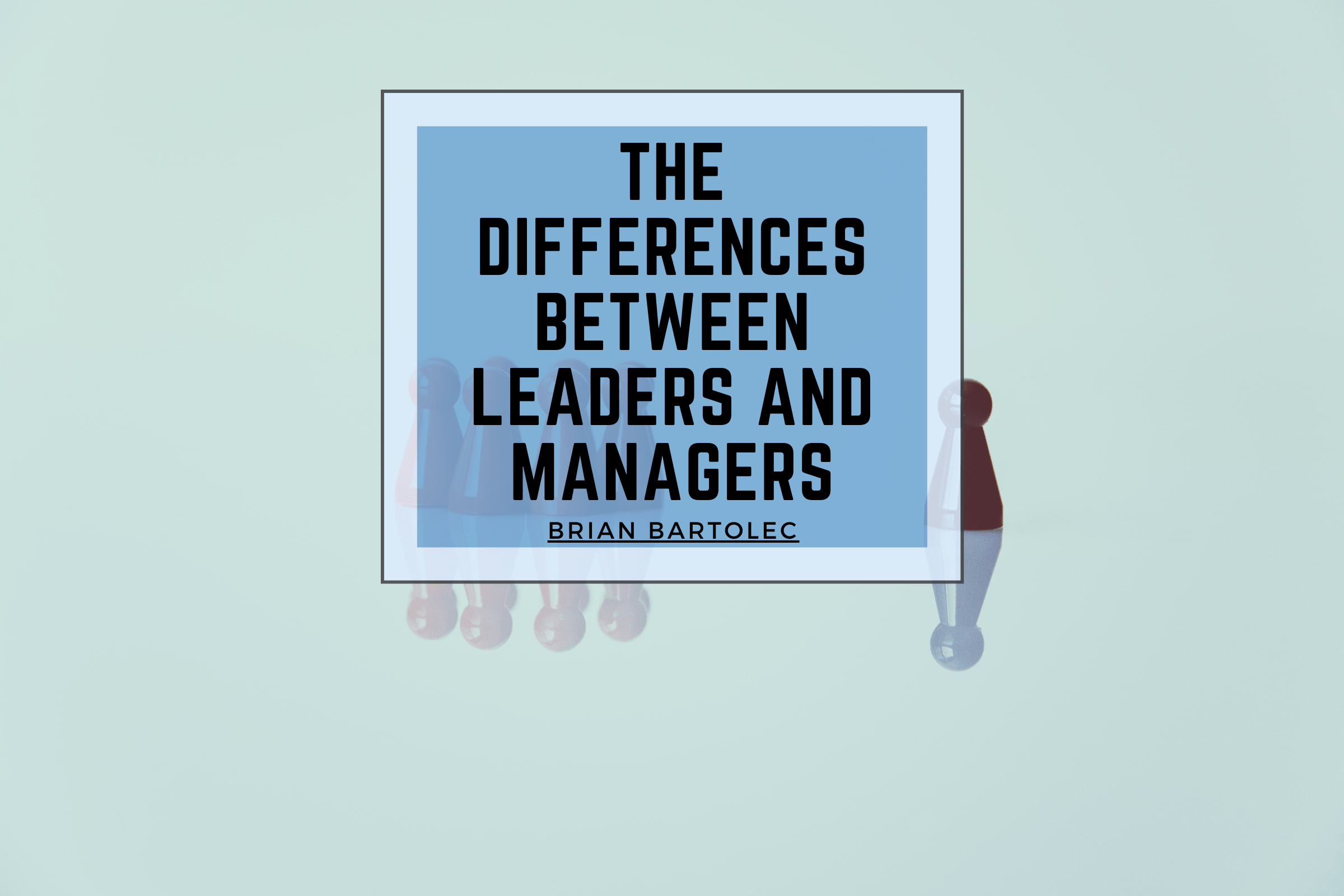
Both leaders and managers are people placed in positions of power to influence the actions of others. The setting may differ from homes to work, but the characteristics of leaders and managers do not. However, there is a clear distinction between who can lead others and what a manager does. The five points below show the differences between a leader and a manager.
Goal orientation
Leaders can go into the future and dream about it. They then share their perception about the future with others who follow towards making that future a reality. On the other hand, managers take the shared vision and articulate it into small, manageable goals that, if successfully achieved, yield achievement of the idea. They put together highly effective teams and assign roles, and measure progress regularly.
Leading vs. preserving
Innovation and creativity often fall in the hands of a leader. They embrace new ways of doing things and are not afraid to push the envelope to discover new better ways of achieving the same results. Managers, on the other hand, project a sense of calmness by enforcing the status quo. They refine processes and systems continuously, improving on efficiencies that result in building blocks working better.
Risk-taking
Leaders are often willing to explore ideas that could potentially fall and destroy a company. They understand that the process of success comes with its fair share of failures and hence push for quicker losses. Managers, on the other hand, minimize the risks taken at a company. They seek to regularize as much work as possible without disrupting working processes.
Short-term vs. long term growth
Another of the differences between leaders and managers lies in the length or term of growth that each pursues. Leaders tune themselves to the overall growth and eventual achievement of a vision, while managers lend themselves to day-to-day executions. Managers work on targets, and the faster a target is achieved, the more they need recognition.
Goal attainment
To achieve their goals, leaders partner with others, who act as coworkers or partners in the goal attainment process. In such an arrangement, leaders build loyalty by constantly sharing with peers and experts along the journey. In contrast, managers concern themselves with setting structures necessary for achieving those goals.

